Giants of the African landscape – threats facing the reticulated giraffe
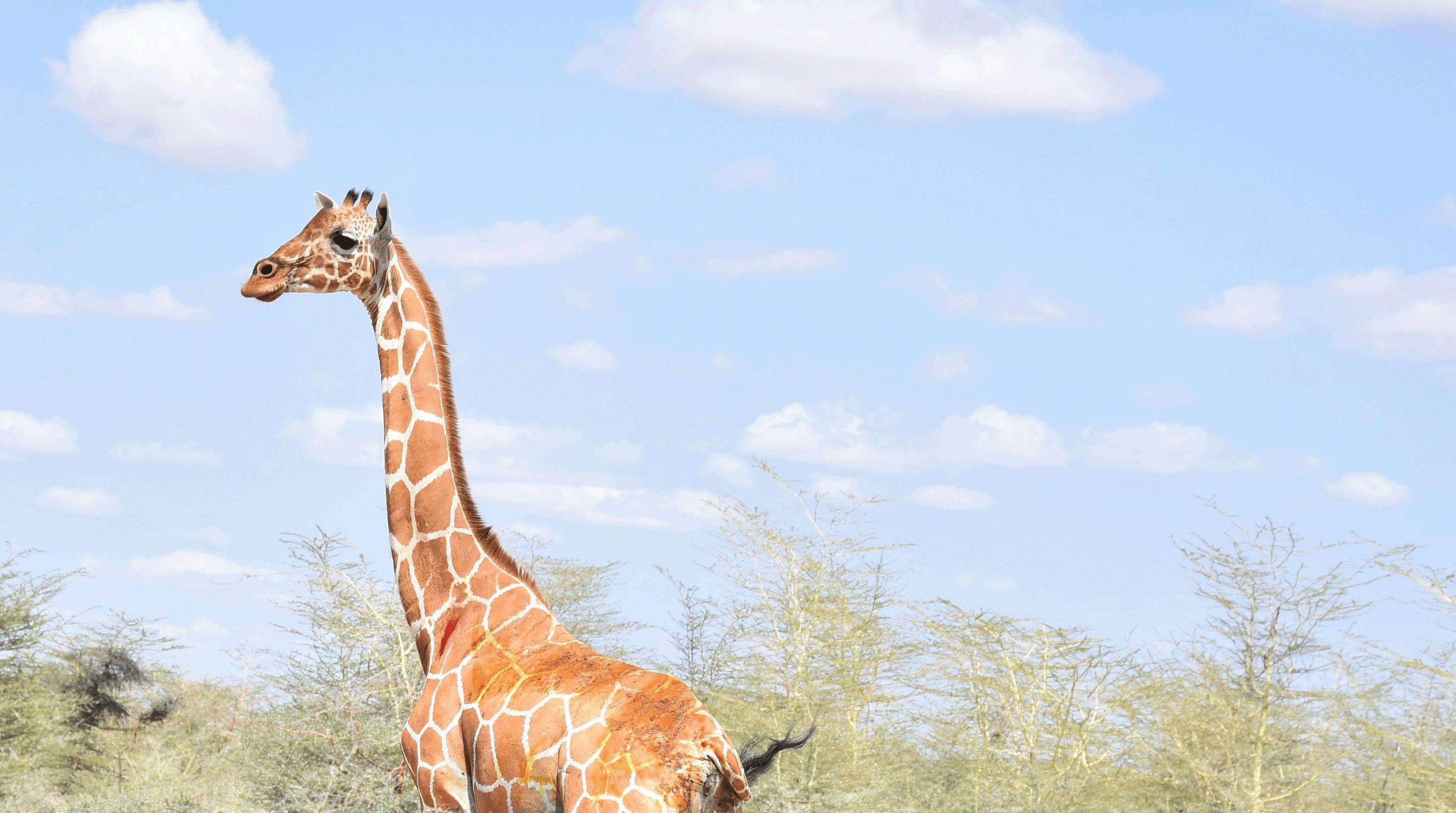
Ensuring a future for reticulated giraffes through community-based conservation
Funding for this project has now finished
The problem
An iconic symbol of the African plains, the once widespread giraffe is now threatened and urgently needs our help. The reticulated giraffe is one of nine subspecies found across the continent. It’s found in Kenya, Somalia and Ethiopia, but this giant of the plains has seen a devastating 80% decline in its numbers since the 1960s.
The main threats facing Somali giraffes are habitat loss (including conversion to agriculture, infrastructure and urban development, and land degradation), habitat fragmentation and poaching. Substantial increase in human population and livestock, particularly in Kenya that hosts a majority of the Somali giraffe, has seen increased pressure on natural resources resulting in loss of giraffe habitat.
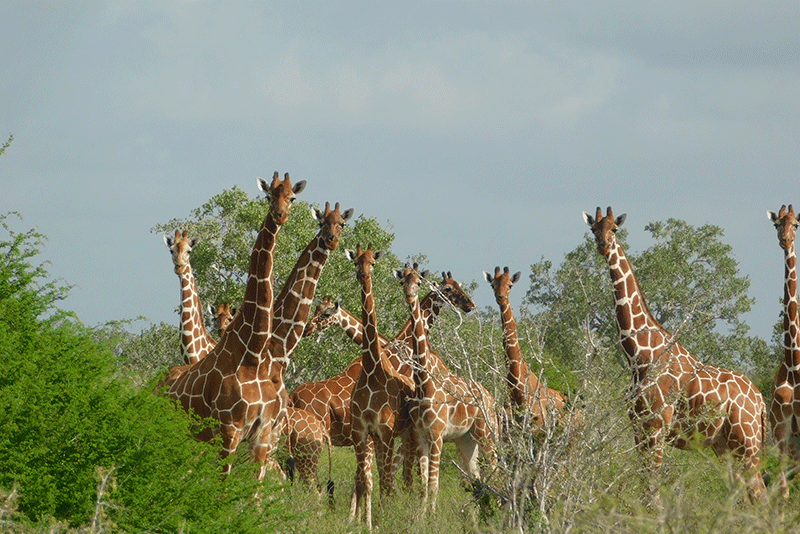
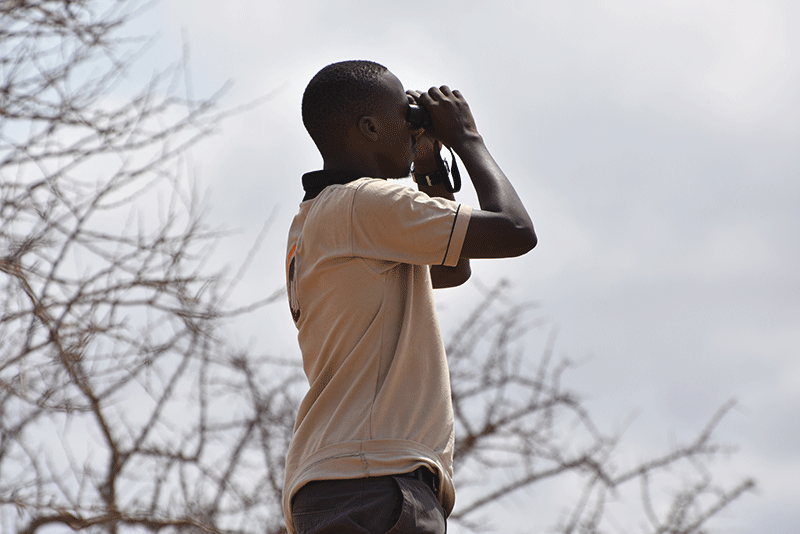
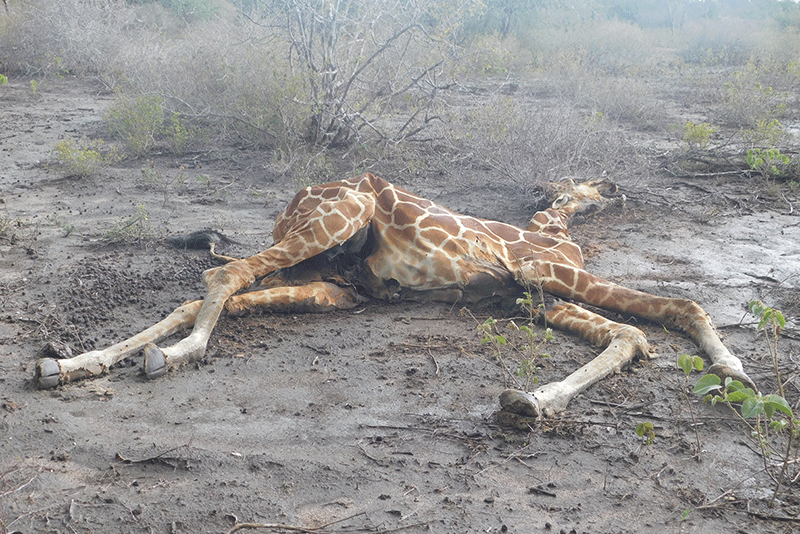
The Somali giraffe regions are also increasingly experiencing unpredictable, localized rainfall patterns and extended drought periods that have devastating effects on wildlife populations. Bush meat consumption is increasing which in turn is increasing numbers of Somali giraffes that are being targeted by poachers. Other factors pushing the Somali giraffe towards extinction include civil conflicts, terrorism and cross-border bush meat trade.
The solution
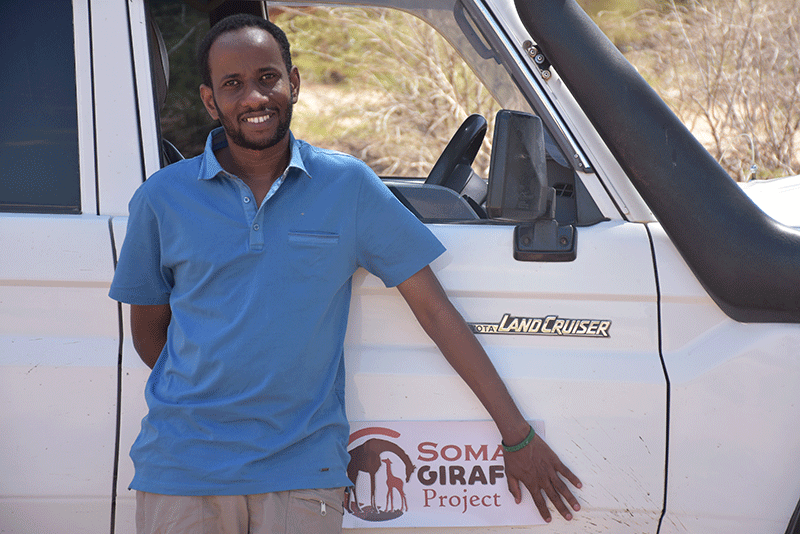
Ali Hussein, project leader of the Somali Giraffe Project
We have been supporting Ali Hussein for several years in his heroic efforts to conserve the hirola antelope. Now he is expanding his efforts to ensure a future for the reticulated giraffe. He and his team at the Somali giraffe project are working in Eastern Kenya through a community-based conservation project. Ali will work in partnership with indigenous communities in Mandera, Wajir and Garissa counties. He’ll also work with communities over the border in Somalia, and setup measures to promote coexistence between pastoralists and giraffes.
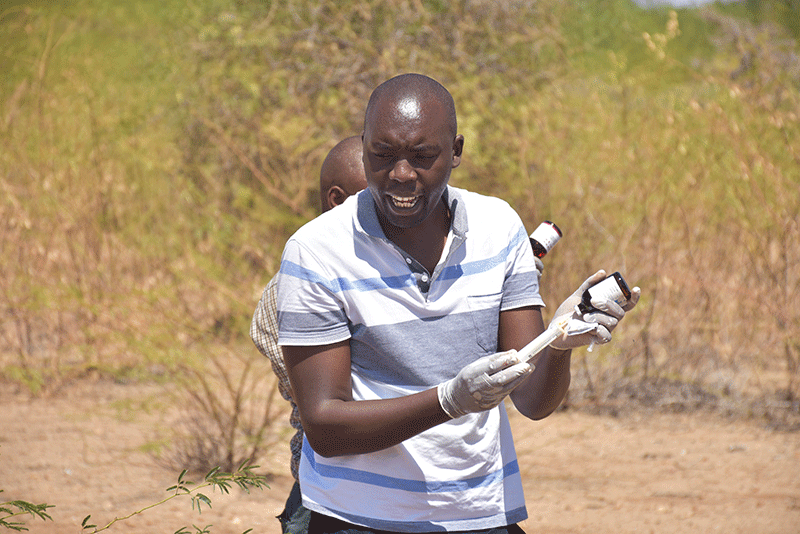
Dr. Bernard Rono, the lead giraffe veterinarian from the Kenya Wildlife Service, working with our team to treat one of the sick giraffes we have identified in the field
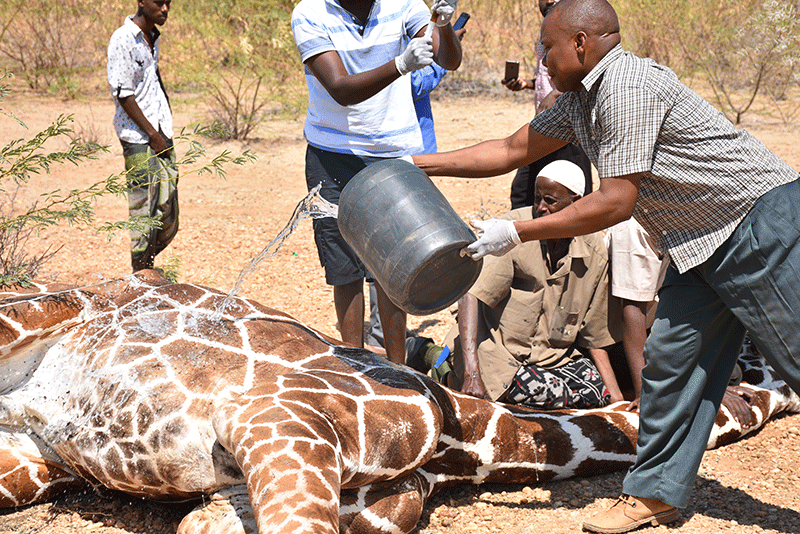
Kenya Wildlife Service Vet Unit, supported by our project, working with our team treating one of the sick giraffe
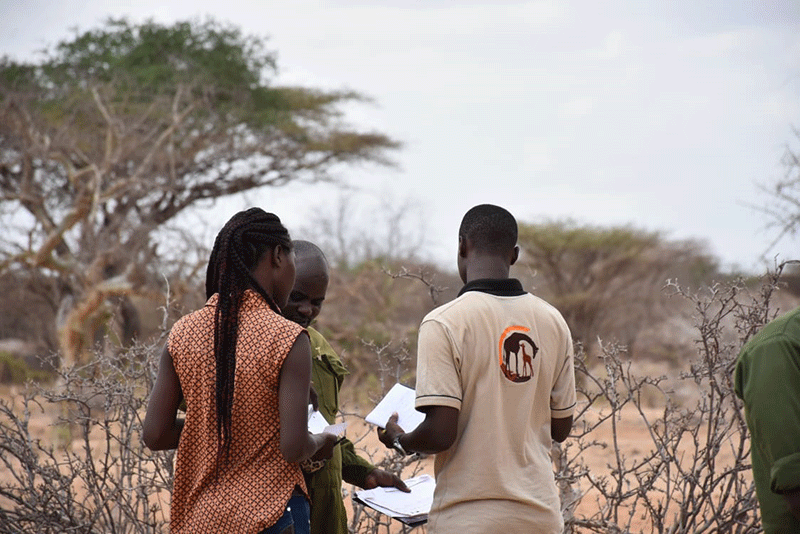
They have some very important first steps. They’ll need to understand more about the animals’ needs and where they move throughout the year. They’ll also examine what they’re feeding on and which water sources they rely on. Ali’s team will then examine where there is spatial overlap. He’ll look at the land used by giraffes, and the land used by local pastoralists for animal grazing.
Ali will work with the local communities to understand their needs and their attitudes towards giraffes. Ali will then be able to integrate human dimensions into wildlife management. Importantly, whilst these activities are taking place, his team will train local rangers and run anti-poaching patrols in the region. These initial steps are critical to ensure reticulated giraffes have a promising future in the East African landscape they call home.
Thank you to all our donors who helped us fund this work. You can help us support more projects like this with a donation today:
